We have a new expert on site – Dr Lori Hager, who arrived a few days ago. Her specialty is studying ancient fingerprints, so we’re very excited to have her joining our team.
Even archaeologists sometimes forget that every artifact we find was made by an actual person! So finding an object with a fingerprint on it is really special, because it reminds us that thousands of years ago, someone actually made and used this.
Lori uses a technique called Reflectance Transformation Imaging (RTI) to study the fingerprints left on clay artifacts. RTI works by using stationary camera to take multiple pictures of an artifact. A handheld flash and reflective spheres ensure that light is projected onto the artifact from many different angles. These are then combined to create a 3-D image of the artifact that can be enhanced so that the fingerprints show more clearly. It works best in the dark, as you can see in the photo below.
All this allows Lori to study each fingerprint and determine whether it was made by a male or female, and whether they were young or old. How does this work? Every person is born with a unique set of fingerprints which doesn’t change from birth to adulthood. Lori looks at each print’s friction ridge density: how many ridges there are in a 25mm square. Typically, males have a lower ridge density, while females have a higher ridge density. Children have an even higher ridge density than adults.
Below is a gallery of images showing the clay objects with fingerprints that we’ve found at Boncuklu so far. RTI produces different image versions of the clay objects. Full colour, enhanced view and normals visualisation are shown here. Soon we’ll know whether they were made by men, women or children! What do you think?
- full colour and enhanced views
- full colour and enhanced views
- full colour view
- normals visualisation
- normals visualisation
- normals visualisation



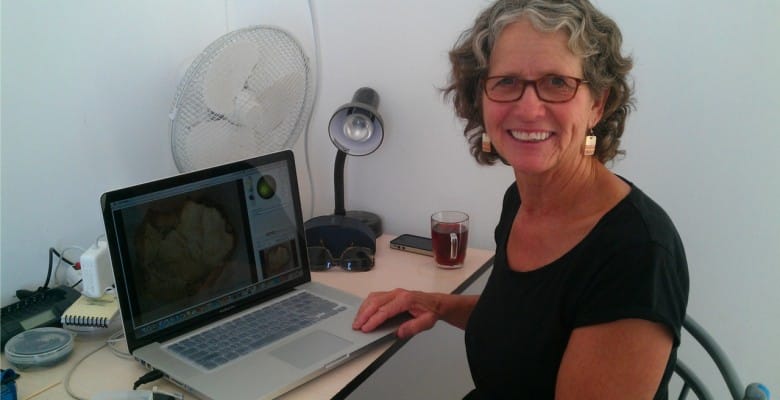


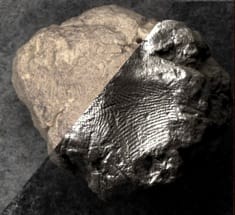
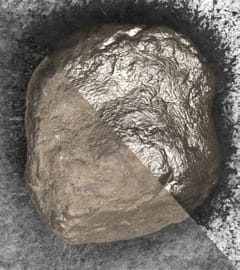
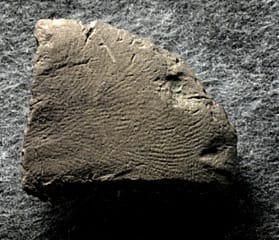
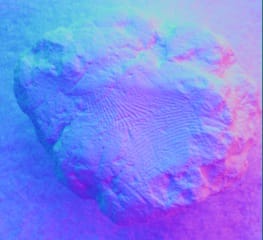


 Follow
Follow
at 11:53 pm
So great to see this Lori! Looking forward to more updates!
at 12:47 pm
I would love to see some children’s fingerprints – that would be special.